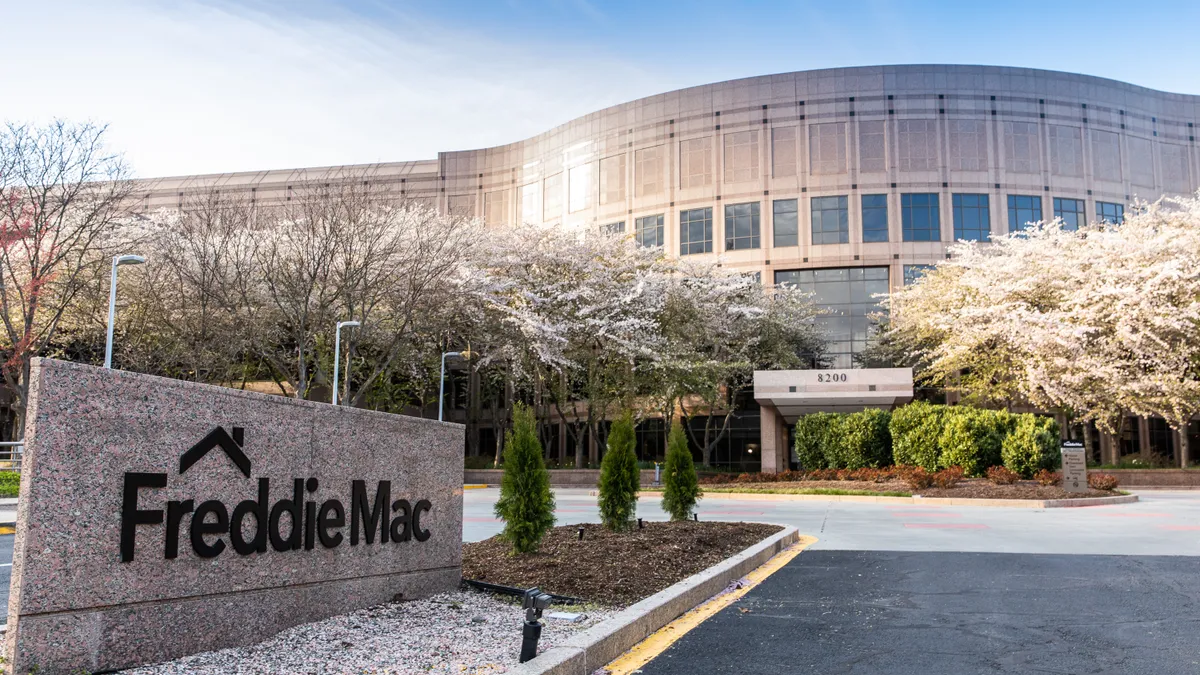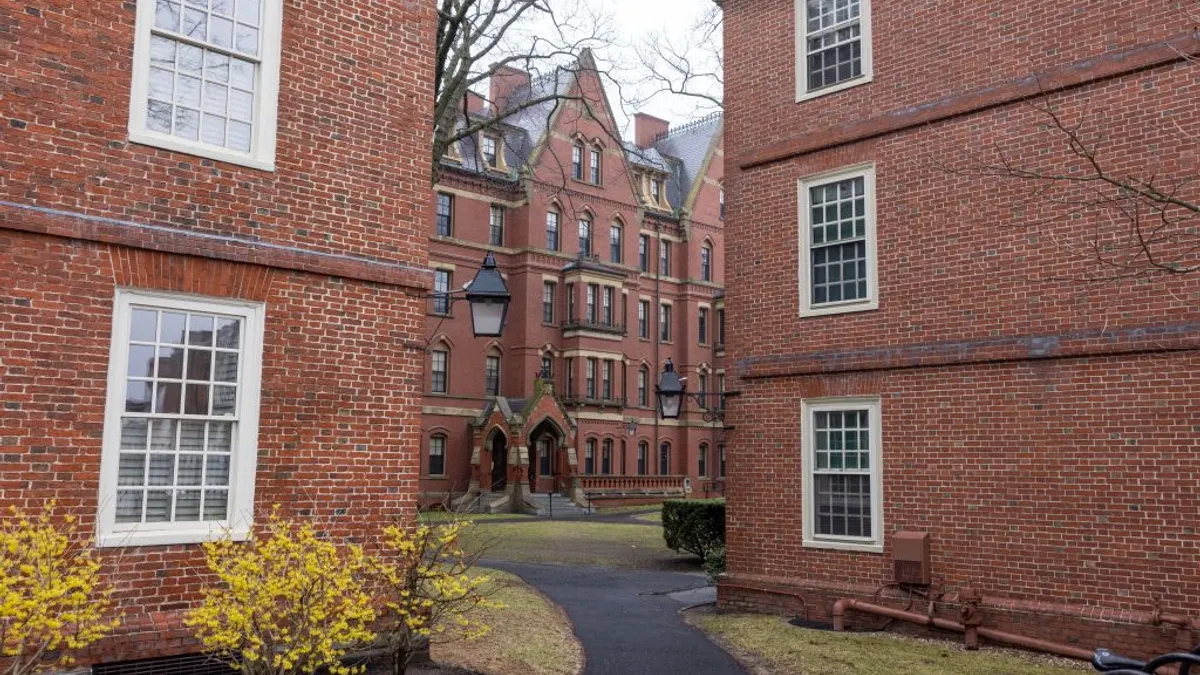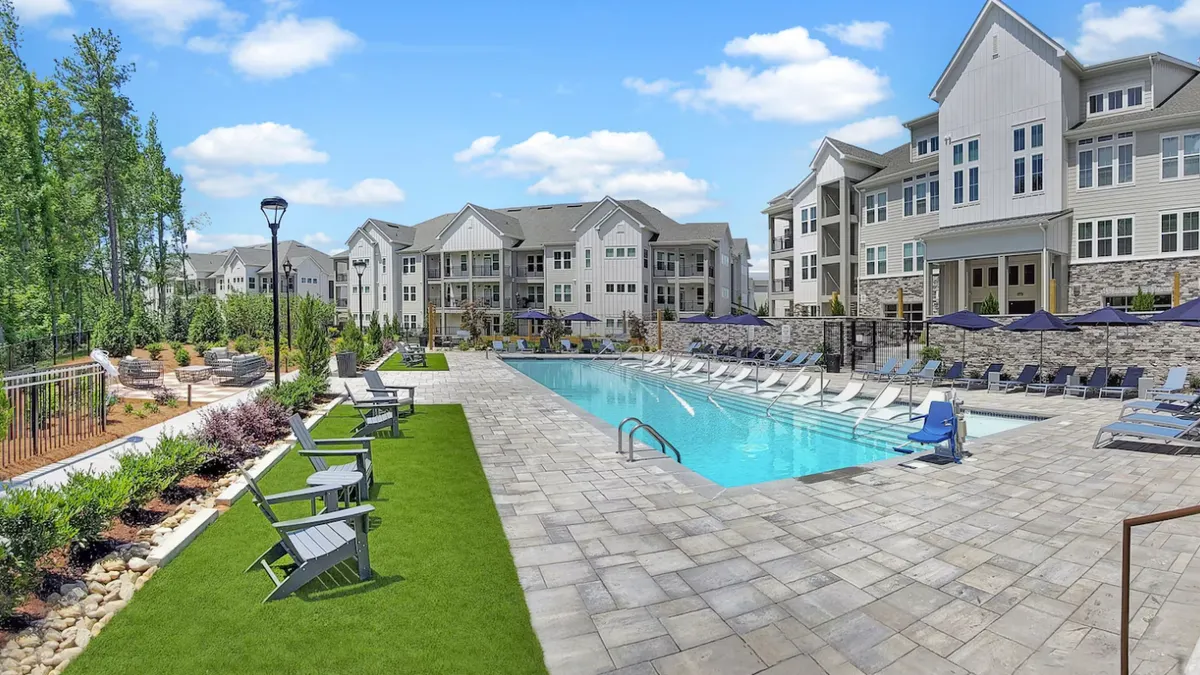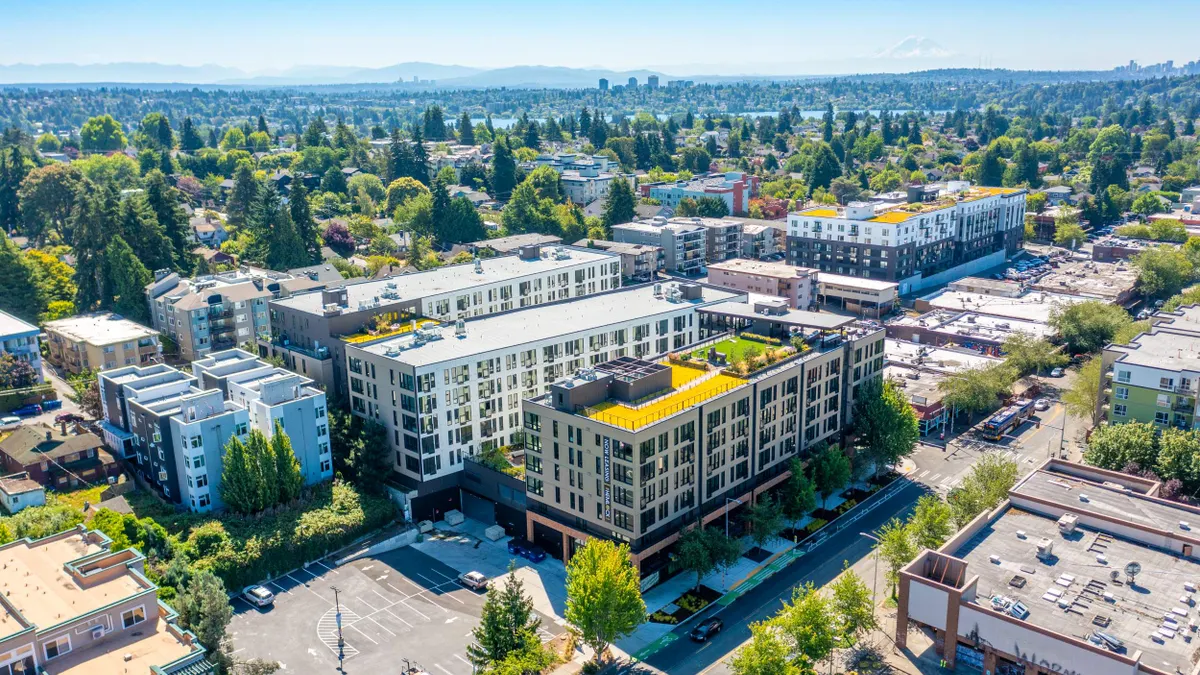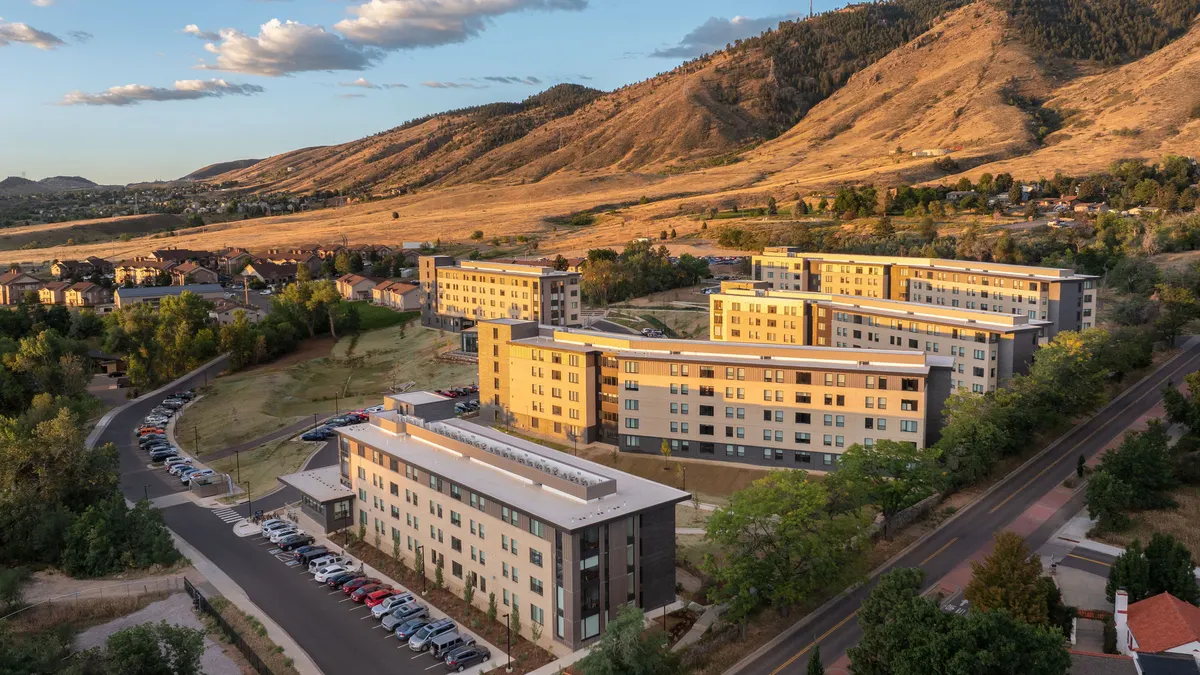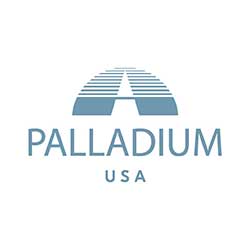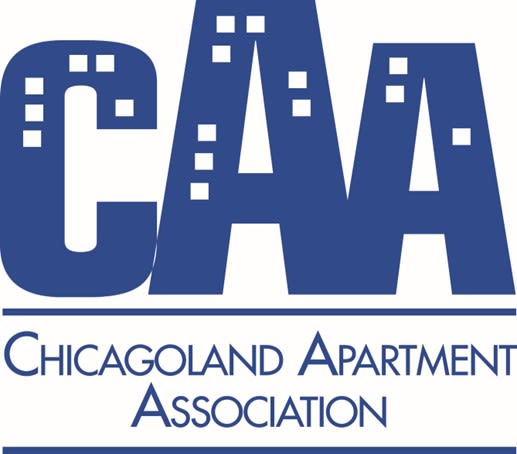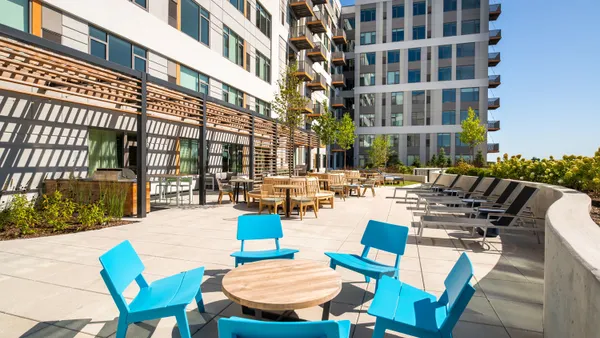AvalonBay Communities saw the strong performance in the first half of 2025 that it anticipated going into the year. But the second half poses challenges.
“Our revenue growth was better than expected through the first half of the year, with higher occupancy and other rental revenue growth driving most of the favorable variance,” CEO Ben Schall said on the REIT’s second-quarter earnings call in late July.
However, the REIT’s executives urged some caution for the second half of the year due to a potentially slowing economy. “While our expectations for job growth in the second half of the year are a little more muted than they were in January, demand remains healthy across most of our portfolio,” Schall said.
AVB hasn’t been alone in pointing to a cooling jobs environment in the second half of the year.
“Among the apartment REITs to report 2Q25 results this far, a theme appears to have emerged in terms of stronger 1H25 portfolio performance than originally expected, but perhaps a less favorable outlook for the back half of the year,” Michael Lewis, an analyst for Truist, said in a report shared with Multifamily Dive.
AVB lowered its expectations for same-store revenue growth, primarily due to underlying bad debt and the sale of four existing properties in Washington, D.C.
“In terms of underlying bad debt, which can be difficult to forecast, we've seen steady improvement over the past year, but are expecting it to be modestly unfavorable to our original budget,” AVB Chief Operating Officer Sean Breslin said on the call.
Here’s more from AVB’s Q2 earnings report and call.
Established regions
Like other REIT executives, AVB’s leaders saw strength on the coasts. New York and New Jersey experienced 96.3% economic occupancy during Q2, a 30-basis-point increase from Q1, and positive pricing trends across most suburban submarkets. In Seattle, the REIT achieved an average economic occupancy of 96.6% and a rent change of more than 3%.
“Demand has been healthy in both regions with moderating supply supporting better pricing power and occupancy,” Breslin said.
On the West Coast, AVB experienced Q2 strength in San Francisco, with nearly 97% occupancy and a strong rent increase of 8%, and in San Jose, with mid-96% occupancy and a rent change in the 3.5% range. The East Bay lagged those markets, but Breslin expects improvement later in 2025 and in 2026.
“Looking forward, the volume of new supply in the Bay Area is expected to be the lowest of any of our regions at roughly 30 basis points of total inventory through 2026,” Breslin said.
Southern California, as other REITs reported, is a different story. AVB’s expectations for full-year revenue growth have moderated due to continued weakness in the labor market across Los Angeles, particularly in the entertainment industry, according to Breslin.
“The increase in the state's film and tax credit program, which was adopted in late June, resulted in a more than doubling of the program from $330 million to $750 million to support the production of television and film in the state,” Breslin said. “It will hopefully provide a much-needed boost to the local economy.”
Trouble spots
While the mid-Atlantic started the year strong, AVB has seen softening in demand and pricing momentum over the last 60 days, most notably in Maryland and the District of Columbia. Northern Virginia has produced a mid-4% rent change during the second quarter, holding up well so far, despite federal job and contracting cuts.
“Given the level of uncertainty in the region, we've responded with a more conservative approach to pricing, which is impacting our outlook on rates for the second half of the year,” Breslin said.
AVB’s expansion into the Sun Belt continues to struggle with new supply in certain submarkets. Occupancy stands at 89.5% in those areas, helping to dictate the REIT’s pricing strategy.
“Given the supply on the ground that is known, we've always erred on the side, at least to date, of keeping occupancy relatively stable and erring on the side of being slightly defensive as opposed to opportunistic on rents,” Breslin said.
While overall supply is easing, certain submarkets could remain problematic for the next year. Breslin pointed to the south end of Charlotte, North Carolina, which is slated to receive deliveries for the next three or four quarters before they abate.
BY THE NUMBERS
| Category | Q2 | YOY Change |
| Total revenue | $689.1 million | 3% |
| Net operating income | $477.2 million | 2.7 |
| Operating expenses | $211.9 million | 3.6% |
| Funds from operations | $2.80 | 1.8% |
| Revenue per occupied unit | $3,056 | 2.8% |
| Economic occupancy | 96.2% | 50 bps |
SOURCE: AvalonBay
“You need those communities to lease up and then the whole market comes back to a stabilized level before you have really … firm or strong pricing power,” Breslin said, speaking about supply in general.
Click here to sign up to receive multifamily and apartment news like this article in your inbox every weekday.






